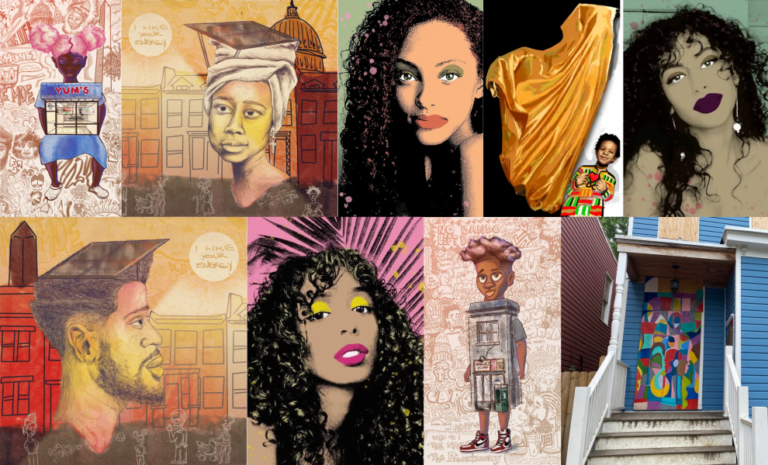Building Value For Blighted Buildings On The Blockchain
5.3.2023

Virtual art can be used to freshen up blighted buildings – and add value.
Ernest Chrappah, director of the Washington D.C. Department of Buildings, discussed adding art installations to vacant properties – and making that art available in the metaverse – at a panel during the New York State Bar Association’s Web3 symposium at New York University’s School of Professional Studies.
Professor Marc Beckman, of NYU, and founder of DMA United; Professor Elizabeth Haas, of NYU’s School of Professional Studies Metaverse Collaborative; and Matthew Kimber, lead lawyer on the Digital Assets Project and the DAOs (Decentralized Autonomous Organization) Project with the Law Commission of England and Wales, joined the discussion.
“[Blight] is a challenge in any city,” said Chrappah. “The traditional way of tackling that problem was fines and penalties but it also has diminishing returns. So we had to rethink how to make a positive contribution to that space without making a big investment.”
Chrappah said that he first got interested in the metaverse during the pandemic. When he was unable to go to traditional workouts, he found that virtual workouts were as good as being outside.
“So I experienced the power of the metaverse in a very personal way,” said Chrappah. And that got him thinking about how such technologies could be used to solve problems in the city.
In a public-private partnership with DMA United and Arena Social Arts Club, the work of local artists was placed on the exteriors of blighted, vacant buildings. For the next step, the art was converted into NFTs – minted non-fungible tokens – so interested parties could also purchase the art digitally.
“You go from an eyesore to something much more nicer and beautiful,” Chrappah said about the properties.
The Vacant-to-Visual program started its pilot phase in the summer of 2022 with eight properties and has since expanded to another eight buildings. Chrappah said that the goal is to return these buildings – and future properties added to the project – to productive use.
This project benefits the city, as it gets people interested in these properties, while also benefiting the artists, who get paid for their initial artwork, as well as any sales of their artwork on the blockchain. The project focused on recruiting artists of color and from underrepresented communities.
Also, an artificial intelligence tool reviews plans to make sure they are in line with city codes – doing work in four minutes that would take a human four hours.
The full metaverse symposium is available on demand.






